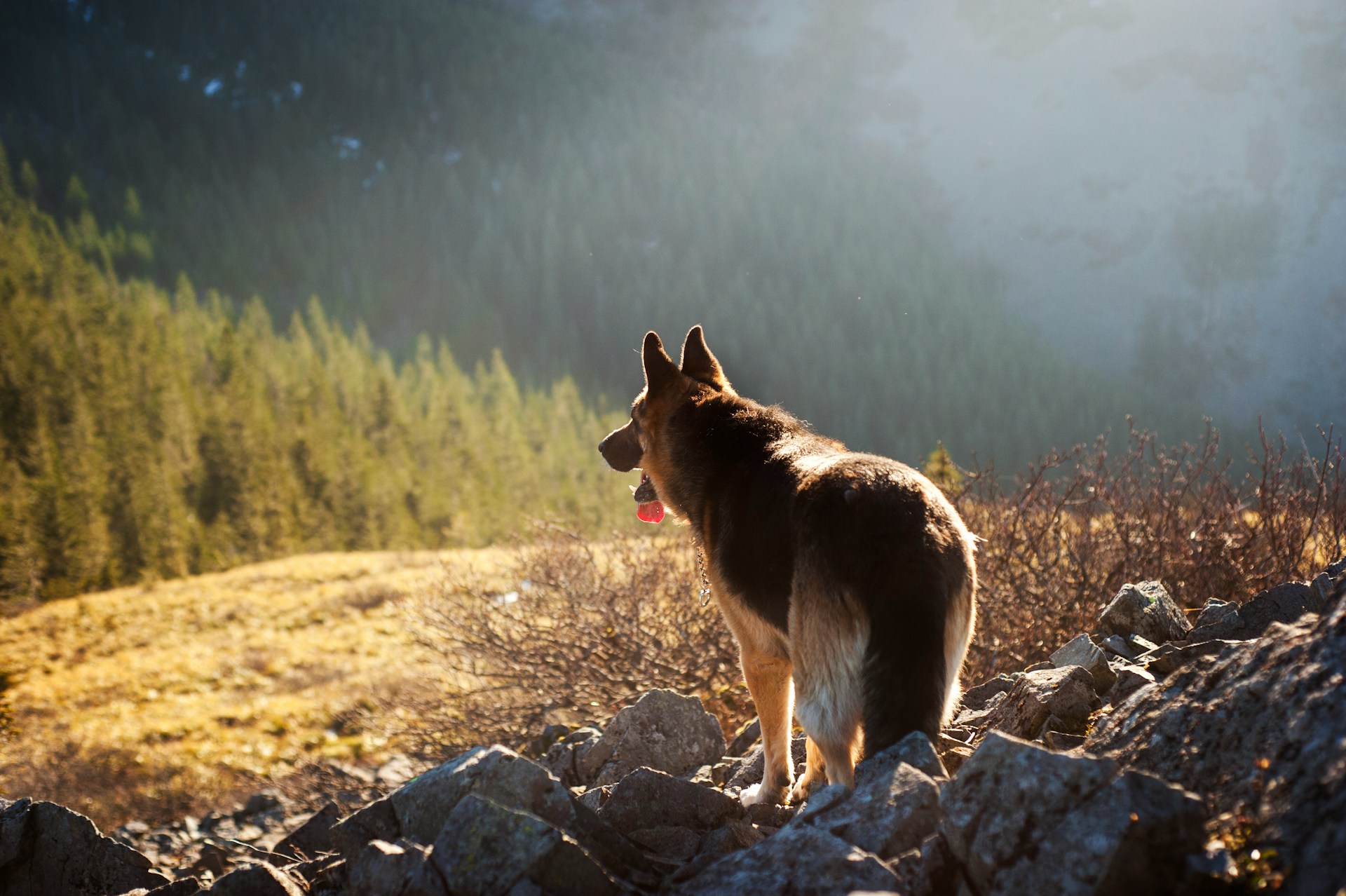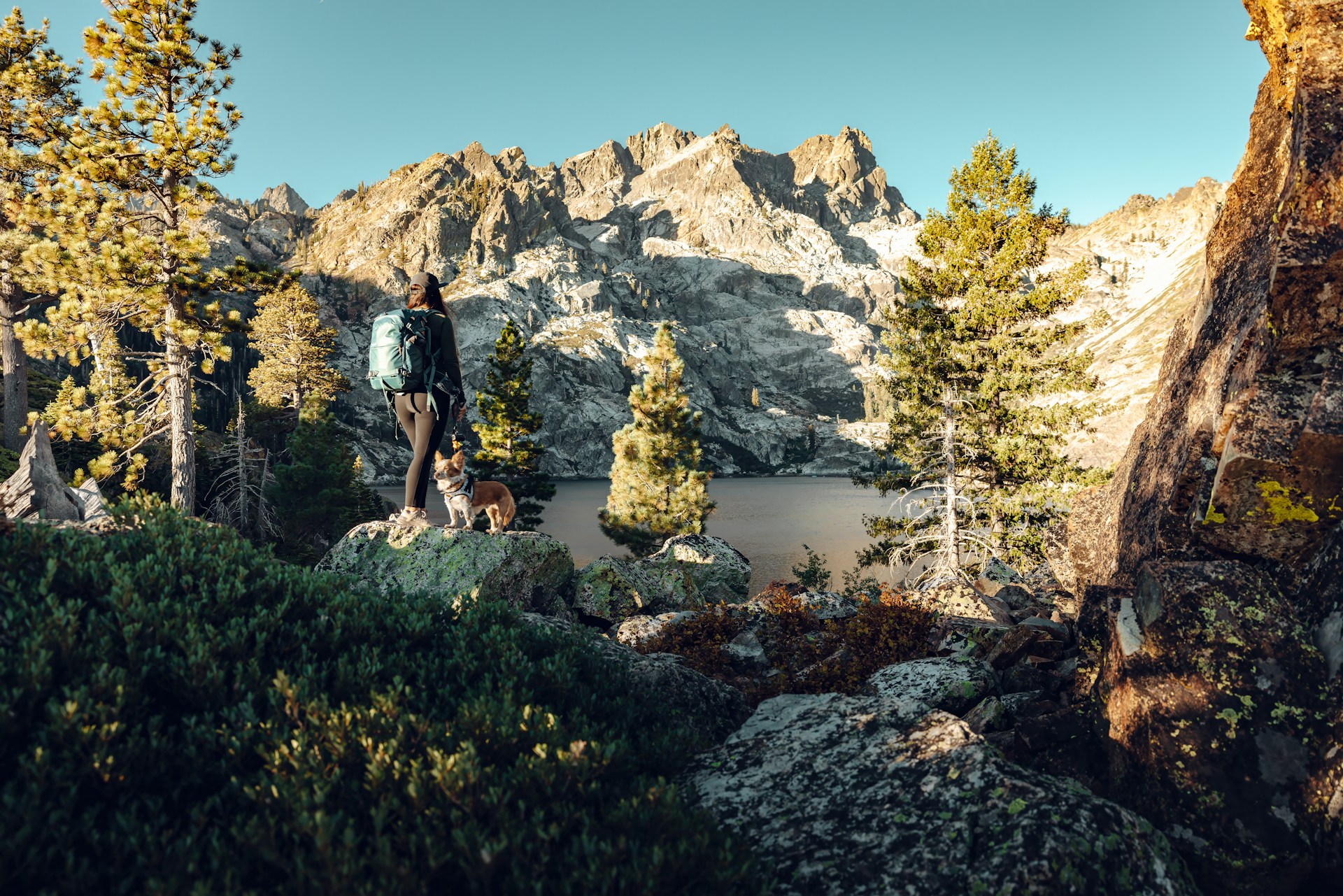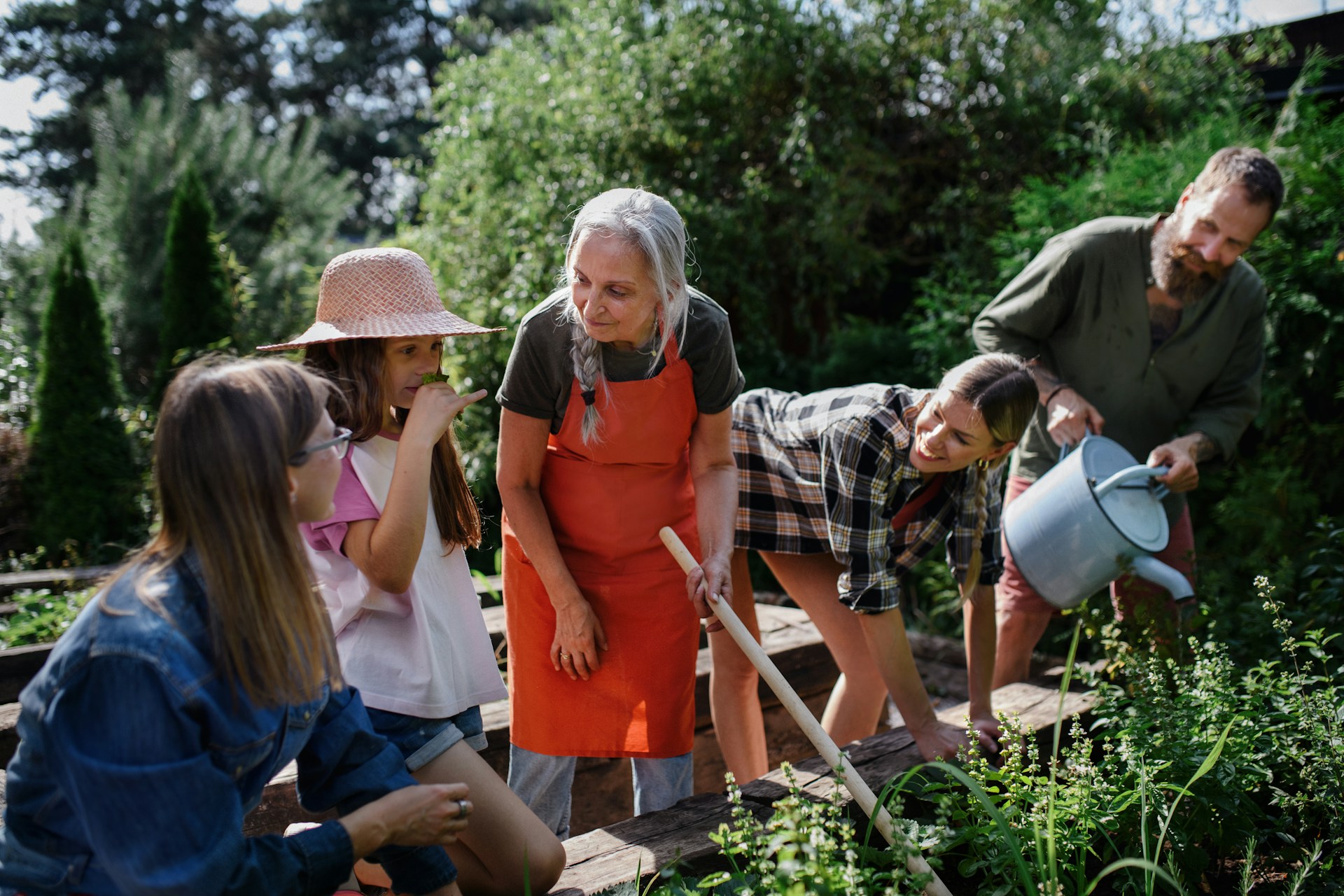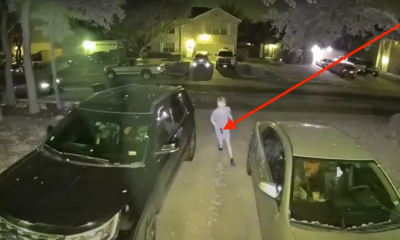Preparedness
Security Secrets To Safeguard Your Home and Family

While we’d like to think of our homes as sanctuaries removed from societal dangers, the reality is quite different. The U.S. Department of Justice highlights that “Property crime is actually more likely in rural areas than suburban areas.” This increased risk is often due to the remoteness and slower police response times associated with rural living.
To safeguard your property and family, proactive measures are essential. One of the most straightforward and effective deterrents is having a dog. The presence of a dog, whether large or small, can discourage potential intruders. Sometimes, even a “Beware of Dog” sign can be enough to make a burglar think twice.
Lighting is another crucial element of homestead security. Motion-activated lights positioned near entryways and pathways can startle intruders and animal predators alike, providing protection for both your family and your livestock.
Investing in a security system is a wise choice for any homesteader. These systems come in various price ranges, catering to different needs and budgets. For those with limited funds or unreliable internet, battery-operated door and window alarms offer a practical alternative. Video surveillance, too, acts as both a deterrent and a means of gathering evidence should an intruder make their way onto your property.
Perimeter fencing is indispensable. It serves as a physical barrier, keeping animals in and unwanted visitors out. To enhance its effectiveness, ensure gates are lockable. A gate at the end of your driveway requiring visitors to buzz in can add an extra layer of protection.
In a charming anecdote from the Daily Yonder, Donna Kallner recounts, “[Our security system] was never quite as effective as my grandparents’ rural security system: Their farm was at the end of a gravel lane that had to be more than a half-mile long. About halfway down it, there was a big tree where a flock of guinea fowl perched. Any time a vehicle got that far those birds kicked up a ruckus.” While not everyone has guinea fowl, a driveway alarm with wireless monitoring can serve a similar purpose by alerting you to approaching visitors.
Complacency can lead to security oversights. It’s tempting to leave keys in tractors or garages, but this can make expensive equipment easy targets for theft. Ensuring your garage doors are secure is a worthwhile investment, as it prevents costly replacement of stolen items.
A safe is a must-have for any homestead, particularly a fireproof one for safeguarding important documents and valuables. To enhance door security, consider additional measures like deadbolts or door chain stoppers, offering extra time to react in case of an intrusion.
Strategic planting can also bolster security. Thorny plants around the perimeter and spiky bushes beneath windows create natural barriers that deter intruders. Additionally, using pea gravel on walkways can alert you to movement with its distinctive crunch underfoot.
Clear signage is vital, especially in areas frequented by hunters. Posting property markers and signs indicating video surveillance can discourage trespassers. Maintaining an appearance of occupancy is another effective strategy. Keeping a vehicle in the driveway, setting lights on timers, and ensuring the lawn is mowed can all suggest that someone is home.
Finally, fostering a good relationship with neighbors can be invaluable. They can help maintain your property’s appearance when you’re away and keep an eye out for any suspicious activity.
Incorporating these strategies into your homestead security plan can make a significant difference in protecting your property and loved ones.
Let us know what you think, please share your thoughts in the comments below.

Preparedness
Keep Pets Cool And Safe As Temperatures Soar

As temperatures rise, it’s crucial to understand how our furry companions handle the heat. Unlike humans, cats and dogs don’t have sweat glands distributed throughout their bodies. Instead, they possess only a few, located in their feet and around their noses. This limited capacity for sweating means that many animals must rely on panting and external methods of cooling to regulate their body temperature.
Heatstroke is a risk for all animals, making it essential for pet owners to actively prevent it. Certain breeds, particularly those with brachycephalic anatomy, are at an increased risk. Flat-faced breeds like Pugs, English Bulldogs, French Bulldogs, as well as Persian and Himalayan cats, are more susceptible due to their unique facial structures.
To protect your pets during hot weather, ensure they have access to plenty of fresh water and a cool, shaded area. It’s also wise to avoid strenuous activities during peak heat hours. By taking these precautions, you can help your pets stay safe and comfortable when the temperature climbs.
Let us know what you think, please share your thoughts in the comments below.
Preparedness
Survive Smarter Pack Lighter Essential Tips for Emergencies

In the world of survival, the mantra “less is more” holds significant weight. When faced with an emergency scenario, the ability to move swiftly and efficiently is crucial. Carrying a hefty load can hinder your progress and wear you out, especially if you’re not accustomed to hauling a 60-pound pack regularly. Instead, focus on the essentials and aim to keep your pack under 25 pounds.
The temptation to fill your bag with gadgets and gear can be strong, but it’s important to remember that the more you know, the less you need to carry. By honing your survival skills, you can significantly reduce the amount of equipment you need to lug around. This approach is particularly beneficial in a “Get Out Of Dodge” situation, where speed and agility are paramount.
Your gear should be streamlined, with a focus on necessities. Some redundancies are wise for critical items, but avoid overloading your pack. A durable backpack in natural colors like grey, muted greens, browns, or blues is ideal, as it blends well in both woodland and urban environments. Avoid camo patterns or tactical-looking bags that might draw unwanted attention in urban areas.
When it comes to shelter, think versatile and lightweight. A shelter kit should include something to sleep under, on, and in, along with cordage for assembly. A tarp can be more advantageous than a tent, offering flexibility and doubling as rain gear if needed. For bedding, consider filling contractor-grade trash bags with leaves or grass, or opt for a high-tech sleeping pad. An emergency blanket or poncho liner, often called a “woobie,” can serve as your sleeping bag.
“Try using 550 paracord just for the ridgeline – this means you will only need to pack about 60 feet of it.” For the rest of your shelter construction, #36 bankline is a solid choice. While stakes can be fashioned from natural materials, packing six aluminum or titanium tent stakes can be beneficial, especially if you’re dealing with challenging conditions.
Fire-making is another critical skill. It’s wise to have at least three methods for starting a fire: a Bic lighter, a ferro rod, and a Fresnel lens are good options. Ready-made tinder, such as cotton balls with Vaseline or a tin of mini-infernos, can be invaluable when you’re cold and wet, and your dexterity is compromised.
In summary, lightening your load is about prioritizing skills over equipment and ensuring your gear is both efficient and effective. By doing so, you can cover ground quickly and meet your immediate needs without unnecessary strain.
Let us know what you think, please share your thoughts in the comments below.
Preparedness
Find Your Perfect Survival Retreat: Isolation or Community?

When it comes to selecting a survival retreat, the choice is as much about location as it is about lifestyle. The key is to find a balance between isolation and accessibility, while ensuring that the site is defensible and sustainable. The three primary categories for such retreats are “in-town,” “rural,” and “isolated.” Each offers distinct advantages and challenges that must be considered carefully.
An “in-town” retreat is typically located in a small community with a population of around 3,000 or less. This setting offers the advantage of being part of a community, which can provide security arrangements and opportunities for barter. Access to community clinics and local resources can also be beneficial if medical personnel reside in the area.
However, living in a small town comes with its downsides. Privacy can be limited, and in a grid-down situation, sanitation issues may arise. There’s also a heightened risk of communicable diseases and the potential for supplies to be confiscated. Additionally, keeping livestock could be restricted to smaller animals like chickens or rabbits.
Rural retreats, where neighbors are visible but not too close, offer a different set of benefits. The proximity of friendly and cooperative neighbors can provide a sense of community and shared resources. This setup often includes established livestock, gardens, and orchards. Moreover, having people nearby can be invaluable for major tasks such as planting and harvesting.
Despite these advantages, rural living shares some challenges with in-town retreats. Privacy might be compromised, and there remains the risk of supplies being confiscated or feeling pressured to share them.
For those seeking complete privacy, an isolated retreat might be the ideal choice. These locations are generally remote, with no visible neighbors, offering lower land and housing costs. The seclusion allows for stockpiling supplies and building fortifications without prying eyes. Additionally, the risk of communicable diseases is significantly reduced.
However, isolation comes with its own set of challenges. It can be difficult for a small family to maintain and defend such a retreat. Access to medical, fire, and police assistance is limited, even in normal times. Furthermore, the lack of nearby community means isolation from barter opportunities and a longer commute to jobs and essential services.
When choosing a retreat location, consider the terrain. “A retreat situated in a hilly or mountainous region is preferable to one on the plains in the event of a worst-case scenario.” The natural barriers of such terrains can make them easier to defend, as opposed to the multiple access points found in plains areas.
The ideal home for a retreat should be robust and practical. Look for a masonry house with a fireproof roof, or a wood-frame construction in earthquake-prone areas. An oversized lot provides room for expansion and storage. A house with at least one more bedroom than needed allows for additional storage and the potential to accommodate friends or family in need.
Ultimately, your choice of a retreat location should align with your ability to maintain it and your readiness to adapt to its challenges. Whether you choose an in-town, rural, or isolated setting, the goal is to create a sustainable and defensible haven that meets your survival needs.
Let us know what you think, please share your thoughts in the comments below.
-

 Tactical1 year ago
Tactical1 year ago70-Year-Old Fends Off Intruder with Lead-Powered Message
-

 Tactical1 year ago
Tactical1 year agoVape Shop Employee Confronts Armed Crooks, Sends Them Running
-

 Preparedness1 year ago
Preparedness1 year agoEx-Ballerina’s Guilty Verdict Sends Tremors Through Gun-Owner Community
-

 Preparedness11 months ago
Preparedness11 months agoGood Samaritan Saves Trooper in Harrowing Interstate Confrontation
-

 Tactical1 year ago
Tactical1 year agoMidnight SUV Theft Interrupted by Armed Homeowner’s Retaliation
-

 Survival Stories2 years ago
Survival Stories2 years agoEmily’s 30-Day Experience of Being Stranded on a Desert Island
-

 Preparedness11 months ago
Preparedness11 months agoArizona Engineer’s Headless Body Found in Desert: Friend Charged
-

 Preparedness11 months ago
Preparedness11 months agoBoy Saves Dad from Bear Attack with One Perfect Shot
Lorin
January 22, 2025 at 12:20 pm
We live out in in a rural area. One night, walking our puppy, I heard music suddenly playing from a cell phone on the other side of the truck, no more than 100 ft away. I was armed and made sure it was obvious. I backed into the dark garage while they ran. Turns out hey had stolen the fuel from our neighbor’s vehicles. I was fortunate they were not violent criminals and they were fortunate I showed restraint.